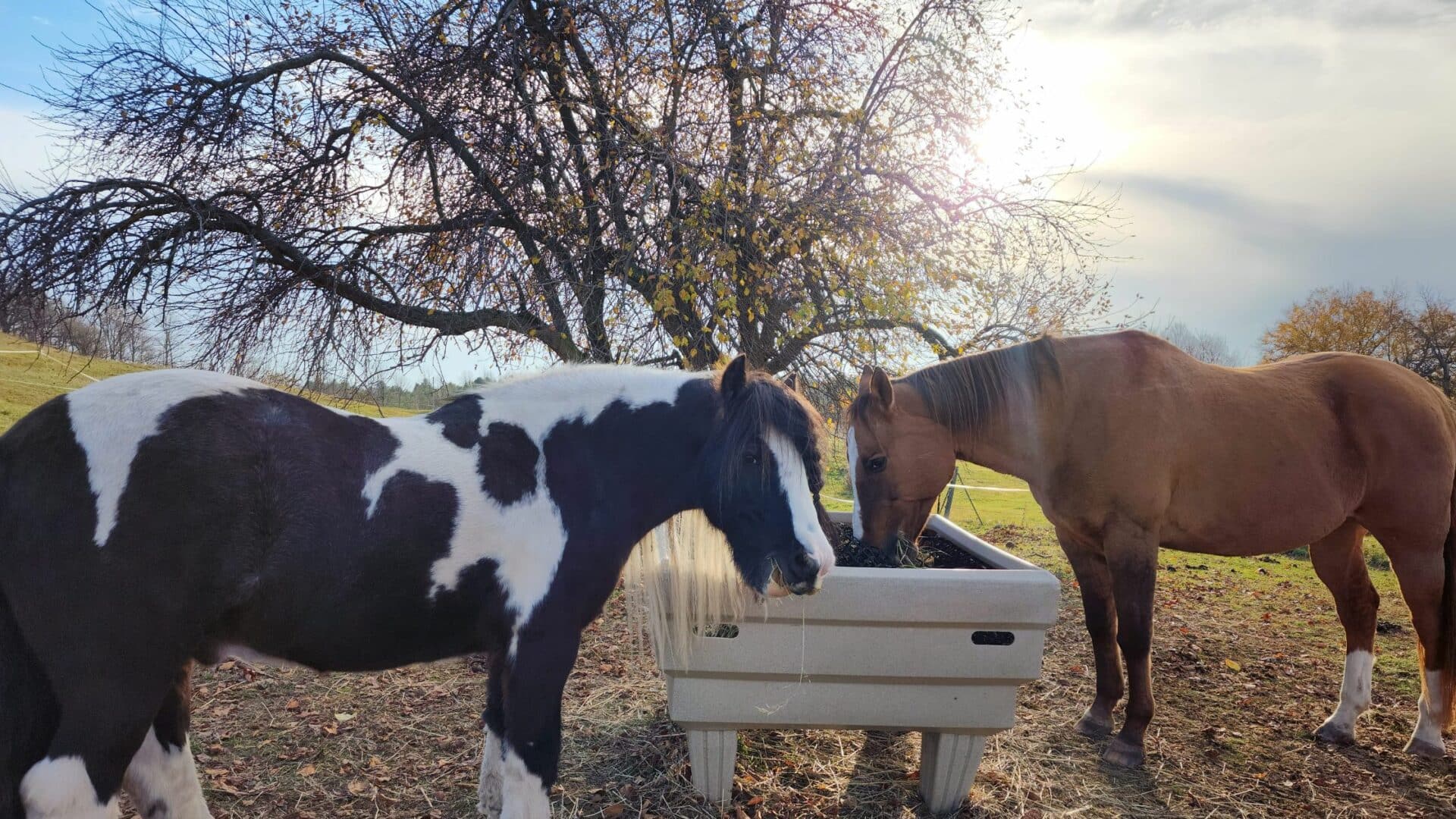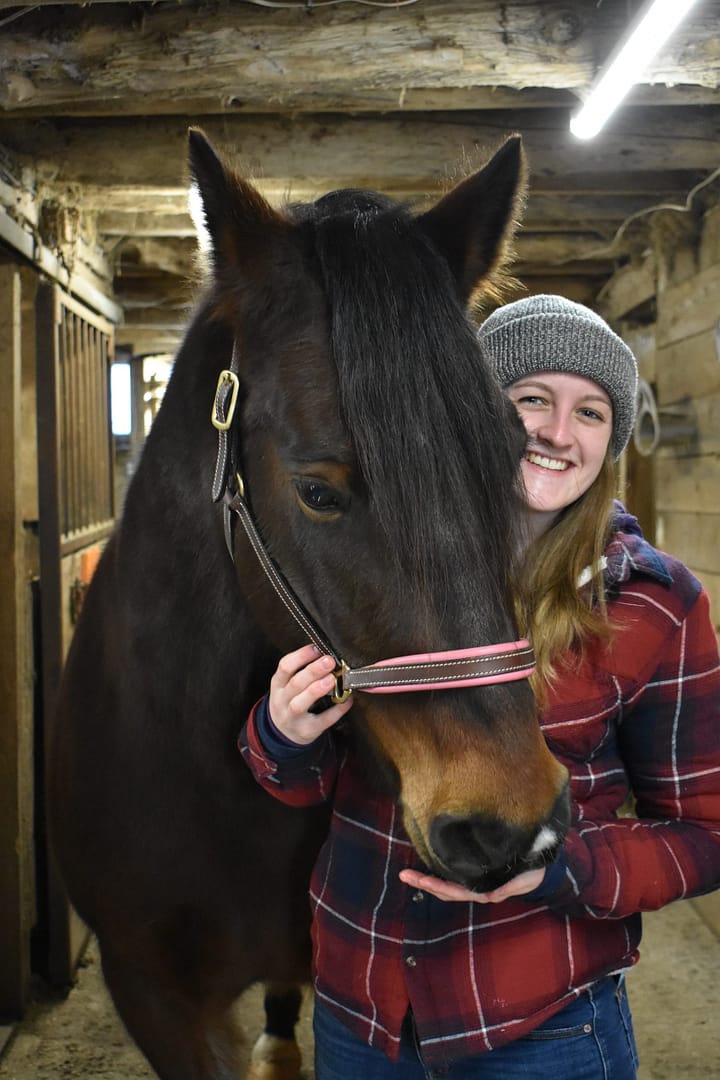Getting yourself a treat is a lot more complicated these days. There is so much to choose from, and most foods are clearly labelled with their calorie count. The recommended daily calorie intake for women is 2,000 calories. So, a 200-calorie candy bar is a pretty big deal, contributing 10% of the daily requirements. How does this translate to horses?
Most horse owners enjoy giving their horse treats. In fact, it is estimated that in the U.S. the average horse owner spends over $200/year on horse treats. It has also been reported that the percentage of horse owners who regularly give their horse treats is increasing. Since it is well known that the prevalence of overweight horses is on the rise, which treats are the healthiest?
Horses have extremely sensitive digestive tracts; this is why there is always so much caution around diet changes. Therefore, when novel feeds such as treats are given, it can disrupt their digestive system—specifically the microbes in the hindgut. To exercise caution around disrupting the careful balance of their gastrointestinal tract, treats should always be given in small quantities.
There are plenty of options when it comes to horse treats. Of course, you have the treats such as carrots and apples, but there is also a vast array of commercial treats at every tack store. The options seem endless. There is research that investigates taste preferences for things like this. One study compared taste preferences for apples, carrots, or sugar beet molasses. They found that the horses preferred carrot and apple flavours.
If you have a horse and enjoy giving them treats, what is the best option? Let’s do a quick comparison. Below are some popular treat options, the chart compares their energy content at typical treating amounts as well as the sugar content.
| Treat | Calories | Sugar Content |
|---|---|---|
| 1 large Apple (200g) | 104 | 13 g |
| 2 medium Carrots (200g) | 82 | 6 g |
| 3 peppermints (15g) | 60 | 10 g |
| 4 commercial treats (15 g) | 9.22 | 4.7g |
| Small handful of commercial sugar-free treats (40 g) | 92 | 0 g |
Every treat option does add calories to the diet. But how does this compare to the total calorie needs of a horse in a day?
Let’s use a horse from Wishing Well Farms for a quick example:
Tom Thumb is a mature 12.2h Gypsy Vanner gelding. It is estimated that he weighs about 840 lbs. For his weight and workload, he requires ~12.1 Mcal per day. This equates to 12,100 calories per day. At Wishing Well Farms, the horses regularly get about 200g of carrots as a treat, which for Tom Thumb is about 0.7% of his daily energy requirements. In other words, it is miniscule. Therefore, if Tom’s owner is choosing 2 medium carrots to give him as a treat, it is not detrimental to his caloric intake that day.
The bottom line is, obesity in horses is a serious welfare issue that should not be ignored; however, selecting nutritionally rich treats and providing them in moderation is not going to break the diet of a horse. Sadly, this can’t be said for most of the treats we like as humans.
References:
Francis, J. M., Thompson-Witrick, K. A., & Perry, E. B. (2021). Palatability of horse treats: Comparing the preferences of horses and humans. Journal of Equine Veterinary Science, 99, 103357.
Janczarek, I., Wilk, I., Pietrzak, S., Liss, M., & Tkaczyk, S. (2018). Taste preferences of horses in relation to their breed and sex. Journal of equine veterinary science, 64, 59-64.
White, G. A., Ward, L., Pink, C., Craigon, J., & Millar, K. M. (2016). “Who’s been a good dog?”–Owner perceptions and motivations for treat giving. Preventive veterinary medicine, 132, 14-19.

